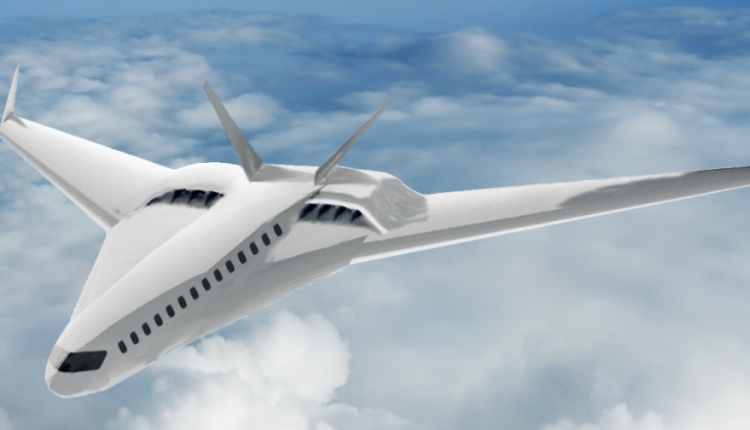NASA is reaching deep into its pockets to support research that could lead to a fully electric aircraft platform using cryogenic liquid hydrogen as an energy storage method. Researchers at the University of Illinois are leading the project, with support from the Air Force Research Laboratory, Boeing Research and Technology, General Electric Global Research, The Ohio State University, Massachusetts Institute of Technology, the University of Arkansas, the University of Dayton Research Institute, and Rensselaer Polytechnic Institute.
The program is called CHEETA—the Center for Cryogenic High-Efficiency Electrical Technologies for Aircraft and NASA will provide $6 million over the course of three years.
Although improvements in vehicle configurations and engine systems have increased flight efficiency over the past few decades, the continued dependency on hydrocarbon fuels makes aircraft operation costs volatile. It also means that commercial aviation will continue to contribute a significant amount of greenhouse gas emissions across the national and international transportation industry. And the forecast for air travel in the United States is expected to increase 90 percent within the next 20 years, leading to even greater emissions.
In an effort to address these issues, this research proposes a fundamental shift away from jet fuel towards more sustainable energy sources for aviation, and the introduction of new electrically-driven propulsion systems for commercial aircraft systems.
Within the aircraft’s engine, the hydrogen chemical energy will be converted to electrical energy through a series of fuel cells, which drive the ultra-efficient electric propulsion system. The low-temperature requirements of the hydrogen system also provide opportunities to use superconducting, or lossless, energy transmission and high-power motor systems, explains Phillip Ansell, assistant professor in the Department of Aerospace Engineering at Urbana-Champaign and principal investigator for the project.
“It’s similar to how MRIs work, magnetic resonance imaging,” Ansell says. “However, these necessary electrical drivetrain systems do not yet exist, and the methods for integrating electrically driven propulsion technologies into an aircraft platform have not yet been effectively established. This program seeks to address this gap and make foundational contributions in technologies that will enable fully electric aircraft of the future.”

